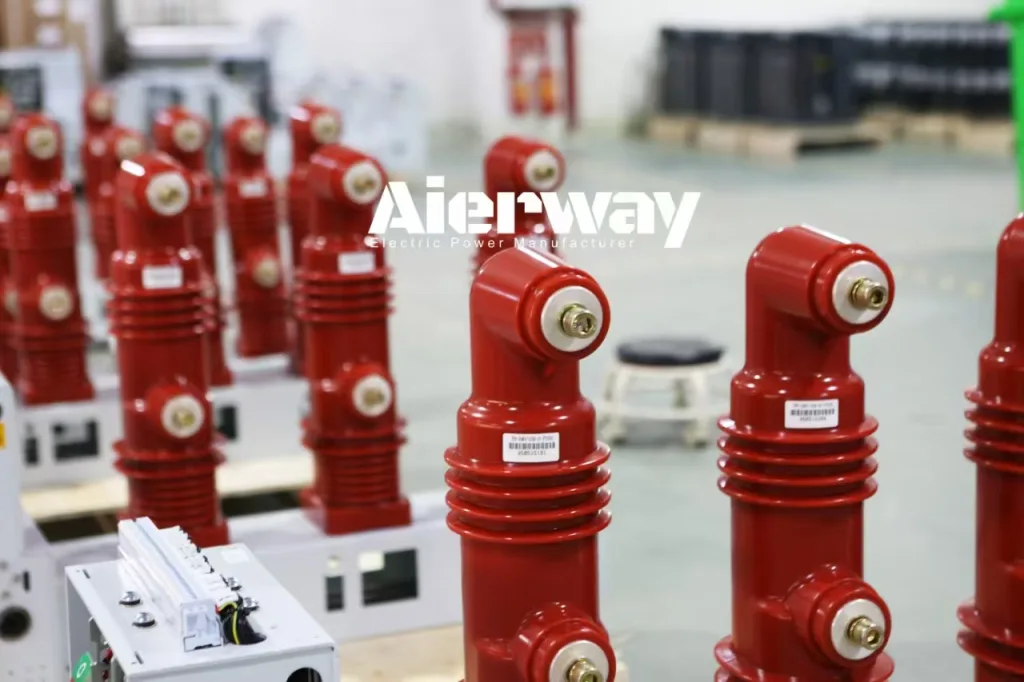[fusion_imageframe image_id=”8980|large” aspect_ratio=”” custom_aspect_ratio=”100″ aspect_ratio_position=”” skip_lazy_load=”” lightbox=”no” gallery_id=”” lightbox_image=”” lightbox_image_id=”” alt=”” link=”” linktarget=”_self” hide_on_mobile=”small-visibility,medium-visibility,large-visibility” sticky_display=”normal,sticky” class=”” id=”” max_width=”” sticky_max_width=”” align_medium=”none” align_small=”none” align=”none” mask=”” custom_mask=”” mask_size=”” mask_custom_size=”” mask_position=”” mask_custom_position=”” mask_repeat=”” style_type=”” blur=”” stylecolor=”” hue=”” saturation=”” lightness=”” alpha=”” hover_type=”none” magnify_full_img=”” magnify_duration=”120″ scroll_height=”100″ scroll_speed=”1″ margin_top_medium=”” margin_right_medium=”” margin_bottom_medium=”” margin_left_medium=”” margin_top_small=”” margin_right_small=”” margin_bottom_small=”” margin_left_small=”” margin_top=”” margin_right=”” margin_bottom=”” margin_left=”” bordersize=”” bordercolor=”” borderradius=”” z_index=”” caption_style=”off” caption_align_medium=”none” caption_align_small=”none” caption_align=”none” caption_title=”” caption_text=”” caption_title_tag=”2″ fusion_font_family_caption_title_font=”” fusion_font_variant_caption_title_font=”” caption_title_size=”” caption_title_line_height=”” caption_title_letter_spacing=”” caption_title_transform=”” caption_title_color=”” caption_background_color=”” fusion_font_family_caption_text_font=”” fusion_font_variant_caption_text_font=”” caption_text_size=”” caption_text_line_height=”” caption_text_letter_spacing=”” caption_text_transform=”” caption_text_color=”” caption_border_color=”” caption_overlay_color=”” caption_margin_top=”” caption_margin_right=”” caption_margin_bottom=”” caption_margin_left=”” animation_type=”” animation_direction=”left” animation_color=”” animation_speed=”0.3″ animation_delay=”0″ animation_offset=”” filter_hue=”0″ filter_saturation=”100″ filter_brightness=”100″ filter_contrast=”100″ filter_invert=”0″ filter_sepia=”0″ filter_opacity=”100″ filter_blur=”0″ filter_hue_hover=”0″ filter_saturation_hover=”100″ filter_brightness_hover=”100″ filter_contrast_hover=”100″ filter_invert_hover=”0″ filter_sepia_hover=”0″ filter_opacity_hover=”100″ filter_blur_hover=”0″]https://aierway.com/wp-content/uploads/2025/06/微信图片_20250703144433-1024×682.jpg[/fusion_imageframe]
Understanding the IEC Standards for Vacuum Circuit Breakers: Key Tests and Requirements
Vacuum circuit breakers (VCBs) are critical components in modern electrical systems, ensuring safe and reliable interruption of current in medium and high-voltage applications. To guarantee their performance and safety, VCBs must comply with international standards, particularly those set by the **International Electrotechnical Commission (IEC)**. The primary standard governing vacuum circuit breakers is **IEC 62271-100**, which outlines rigorous testing procedures to validate their reliability.
## **Essential Tests for Vacuum Circuit Breakers Under IEC Standards**
1. Dielectric Tests
These tests ensure the breaker can withstand high-voltage stresses without failure:
– **Power Frequency Withstand Test** – Verifies insulation strength at rated voltage.
– **Lightning Impulse Withstand Test** – Simulates surge conditions to check insulation integrity.
– **Partial Discharge Test** – Detects potential insulation degradation.
2. Short-Circuit Breaking and Making Tests
VCBs must interrupt fault currents safely:
– **Rated Short-Circuit Breaking Test** – Confirms the breaker can interrupt maximum fault current.
– **Transient Recovery Voltage (TRV) Test** – Ensures the breaker can handle voltage spikes after interruption.
– **DC Component Test** – Validates performance under asymmetrical fault conditions.
3. Mechanical and Operational Tests
Since VCBs rely on mechanical movement, these tests assess durability:
– **Mechanical Endurance Test** – Simulates thousands of operations to verify long-term reliability.
– **Contact Resistance Test** – Ensures low resistance for efficient current flow.
– **Opening and Closing Time Tests** – Measures response speed for proper coordination.
4. Temperature Rise Tests
Evaluates thermal performance under continuous load:
– **Rated Current Temperature Test** – Checks if the breaker stays within safe temperature limits.
5. Environmental and Seismic Tests
VCBs must operate in harsh conditions:
– **Humidity and Corrosion Tests** – Ensures resistance to moisture and chemicals.
– **Seismic Withstand Test** – Confirms stability during earthquakes (if required).
Why Compliance with IEC Standards Matters
Adhering to **IEC 62271-100** ensures that vacuum circuit breakers meet global safety, performance, and reliability benchmarks. Manufacturers and users can trust IEC-certified VCBs for:
✔ **Enhanced safety** – Reduced risk of electrical failures.
✔ **Long service life** – Proven durability under extreme conditions.
✔ **Global acceptance** – Compliance with international grid requirements.
When selecting a vacuum circuit breaker, always verify its **IEC certification** to ensure optimal protection for your electrical systems.
—
Stay powered with confidence—choose IEC-compliant vacuum circuit breakers!
